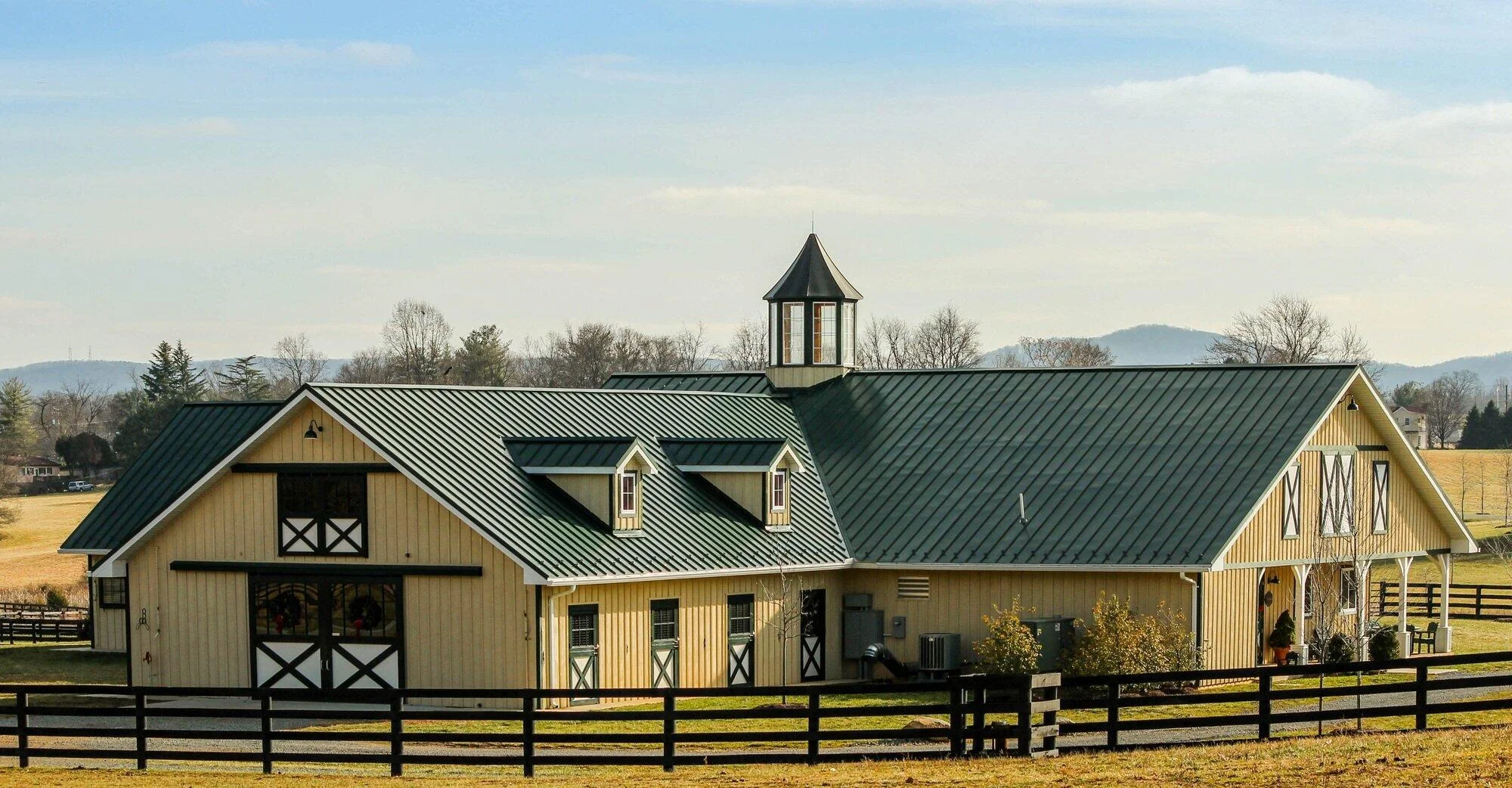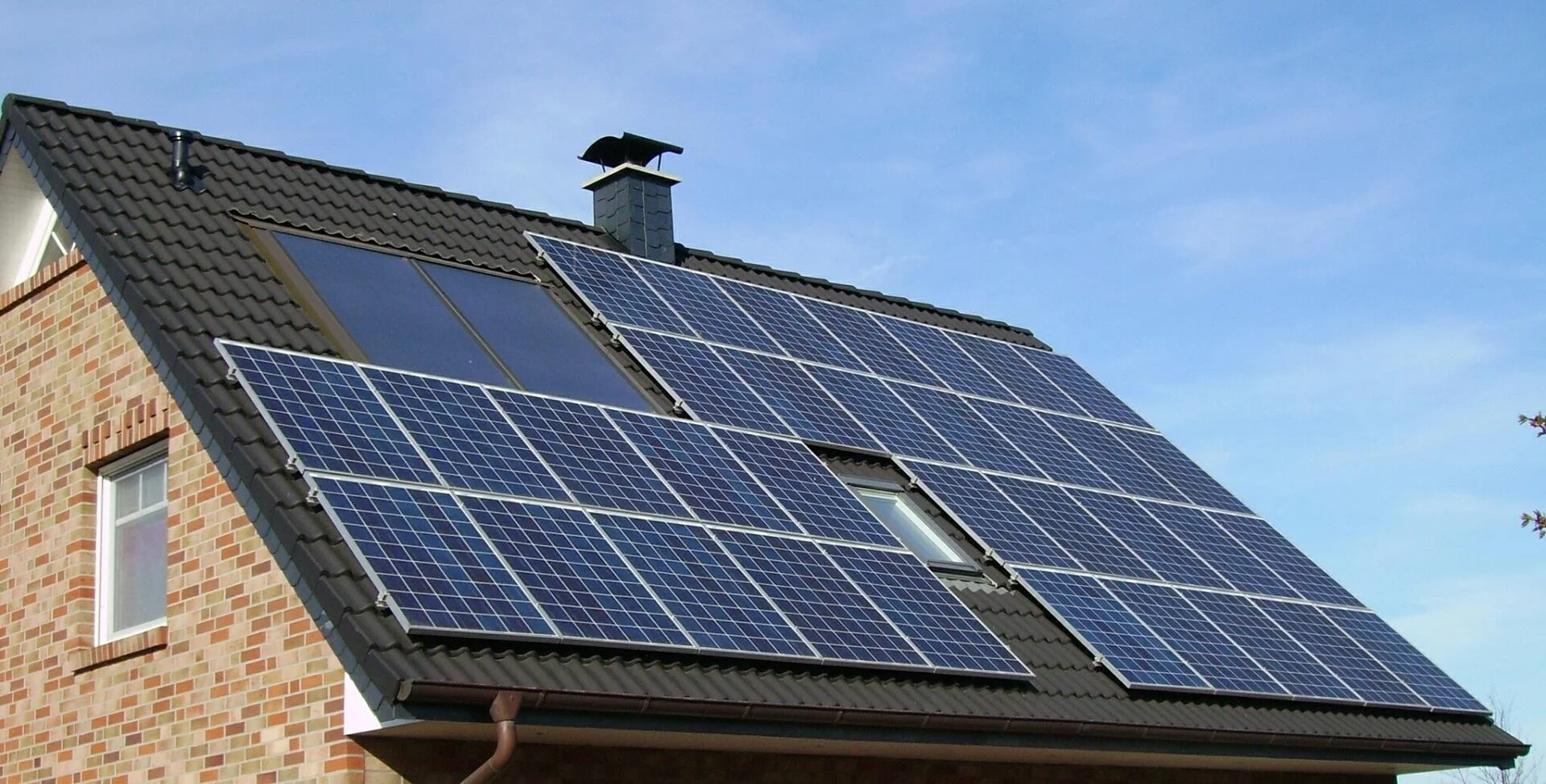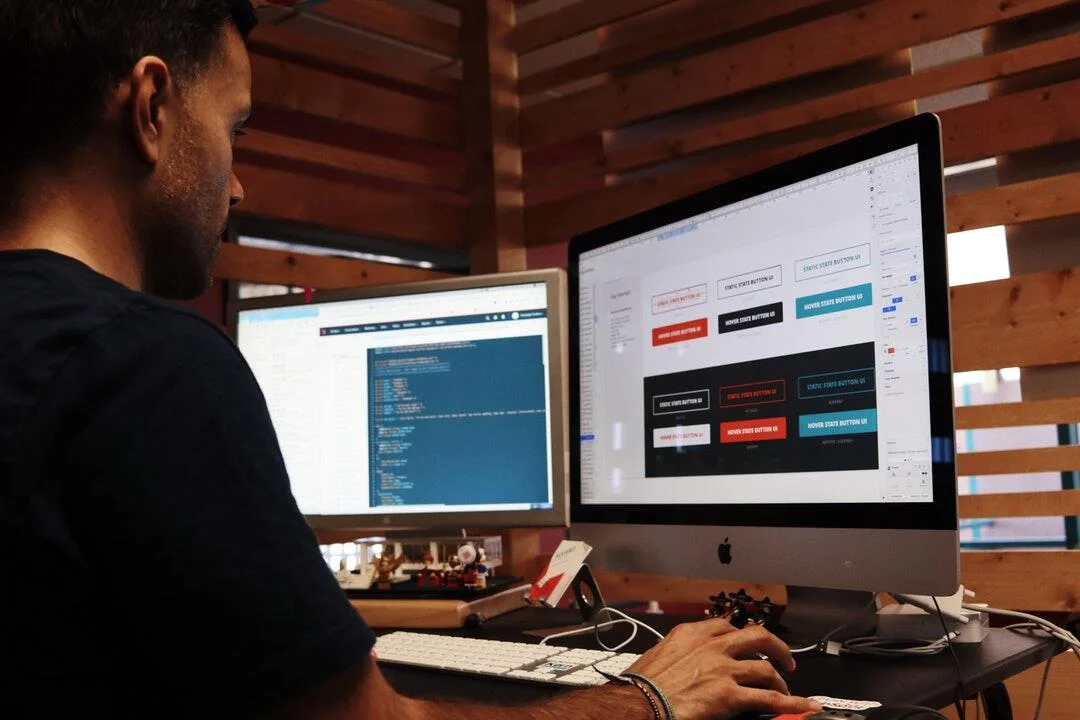Switching to solar power is more than a trend; it’s a commitment to sustainability and future-proofing your home. For owners of a modern ranch house, this transition offers numerous benefits, including cost savings, energy independence, and a reduced carbon footprint.
Here’s how you can transform your rugged home into an eco-friendly haven.
Why Go Solar?
Here are some compelling reasons to invest in solar power for your modern house:
Cost Savings
Switching to solar power can significantly reduce your electricity bills. By generating your own power from the sun, you lessen dependence on the grid. This means you pay less for energy each month.
Over time, the savings can add up, making the initial investment worthwhile. Additionally, many areas offer tax credits and rebates for installing solar panels, further reducing the cost.
Energy Independence
Having solar panels means producing your own electricity. This leads to less reliance on power companies and helps you avoid rising energy costs. With green energy, you can power your home even during outages, providing a sense of security.
As energy prices go up, your solar investment continues to pay off, giving you more control over your home’s energy needs. Green energy helps create a more stable and sustainable future.
Environmental Benefits
Switching to solar power greatly helps the environment. Solar energy is clean and does not pollute the air or water. Unlike coal or gas, it produces no harmful emissions. By using the sun’s power, you cut down on the need for fossil fuels.
This means less greenhouse gas is released into the air, helping to fight climate change. Solar power also reduces the need for energy sources that can harm the land and wildlife. By going solar, you help protect the planet for future generations.
Steps to Solar Installation
Here are the steps to successfully install solar panels on your modern house:
Evaluate Your Energy Needs
Before installing solar panels, it’s essential to determine how much energy your home uses. Start by checking your electricity bills to see your average monthly consumption. Knowing this helps you decide how many solar panels you need. Think about any changes that might affect your future energy use, like adding new appliances or switching to electric heating.
Using renewable energy is a great way to power these additions sustainably. Estimating your energy needs accurately ensures you get the right system size for your home, making the most of your renewable energy investment.
Assess the Property
A site assessment is a crucial step in the solar installation process. This involves examining your property to determine the best location for the solar panels. Factors like roof orientation, condition, and angle play a significant role. Ideally, the panels should face south to capture the most sunlight.
It’s also important to check for any shading from trees or buildings that might block sunlight. Engaging a professional to conduct the assessment ensures you maximize your system’s efficiency and effectiveness. This step helps in creating a tailored plan to meet your energy needs effectively.
Choose the Right System
When choosing the right solar system, consider your energy needs and budget. Evaluate the different types of solar panels available, such as monocrystalline, polycrystalline, and thin-film panels.
Monocrystalline panels are known for their efficiency, while polycrystalline panels offer a more budget-friendly option. Thin-film panels are flexible and lightweight, making them suitable for a variety of installations.
For more tailored advice, look into solar solutions for Everett homeowners, which offer options customized to local conditions and requirements. Make sure to also check the warranties and certifications of the products you choose to ensure reliability and performance.
Secure Permits and Paperwork
Obtaining permits is a vital step in the solar installation process. First, contact your local government to learn about any required permits or approvals. These can include building permits and electrical permits. Next, fill out the necessary forms and submit them for review.
Often, your solar installer will help with this step. They have experience and can guide you through the process.
It’s important to get approval before starting the installation. This ensures that your solar system meets local codes and regulations. Completing the paperwork correctly makes the installation smooth and hassle-free.
Begin Installation
Once permits are in place, the installation can begin. First, the mounting system is set up. This is what holds your panels to the roof. Next, the solar panels are attached to the mounting system. They are screwed in securely to handle wind and weather.
Then, the panels are wired to the inverter. The inverter changes the solar energy into electricity you can use in your home. Finally, the system is connected to your electrical panel.
This lets you use solar power throughout your home. Testing is done to ensure everything works correctly. With that, your solar system is ready to start generating power.
Monitor and Maintain
Once your solar panels are installed, it’s important to monitor and maintain them. Regular check-ups ensure everything works efficiently. Most systems have a monitoring app. You can use it to track your energy production.
If you notice a drop in performance, it might be time to clean the panels. Dust and debris can block sunlight. Cleaning them with water and a soft brush usually does the trick.
Also, keep an eye out for any damage after storms. If you spot any issues, contact your installer for repairs. Keeping up with these simple steps will keep your system running smoothly and extend its lifespan.
Learn All About Modern Ranch House
Switching to solar power in your modern ranch house is a smart move. It saves money, gives you control over your energy, and is good for the planet. The steps to install solar panels are easy to follow.
Evaluate your energy needs, get a site assessment, choose the right system, and handle the permits. Then comes the installation and monitoring. With these steps, you’ll enjoy reliable, clean energy for years. Enjoy the benefits of going solar!
Did you find this article helpful? Check out the rest of our blog.



